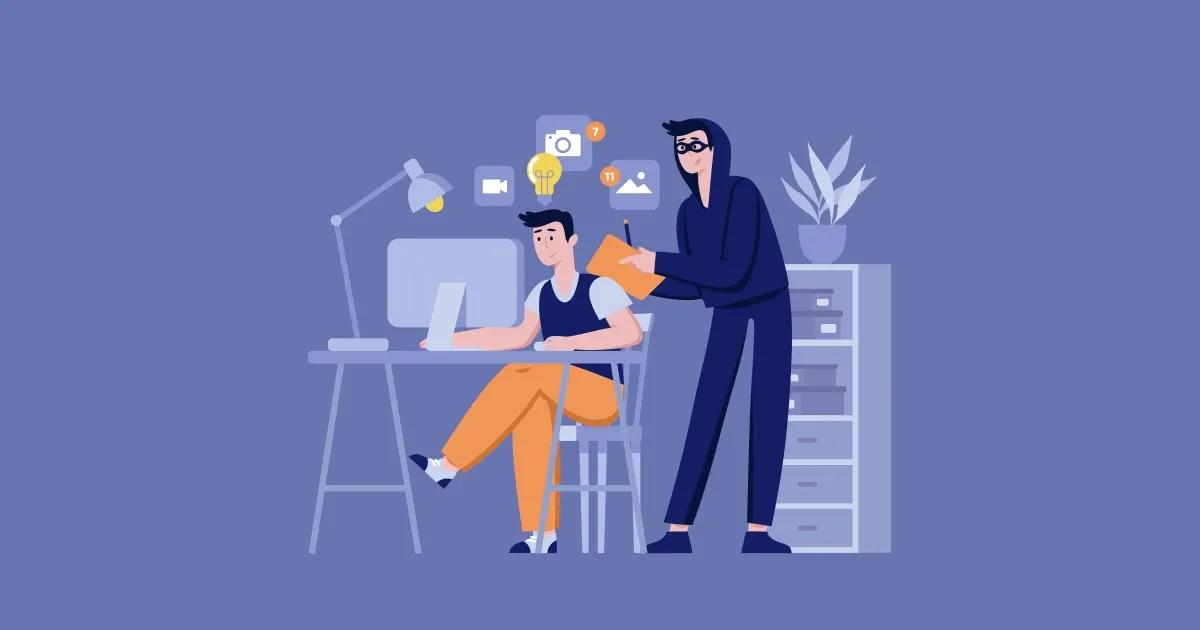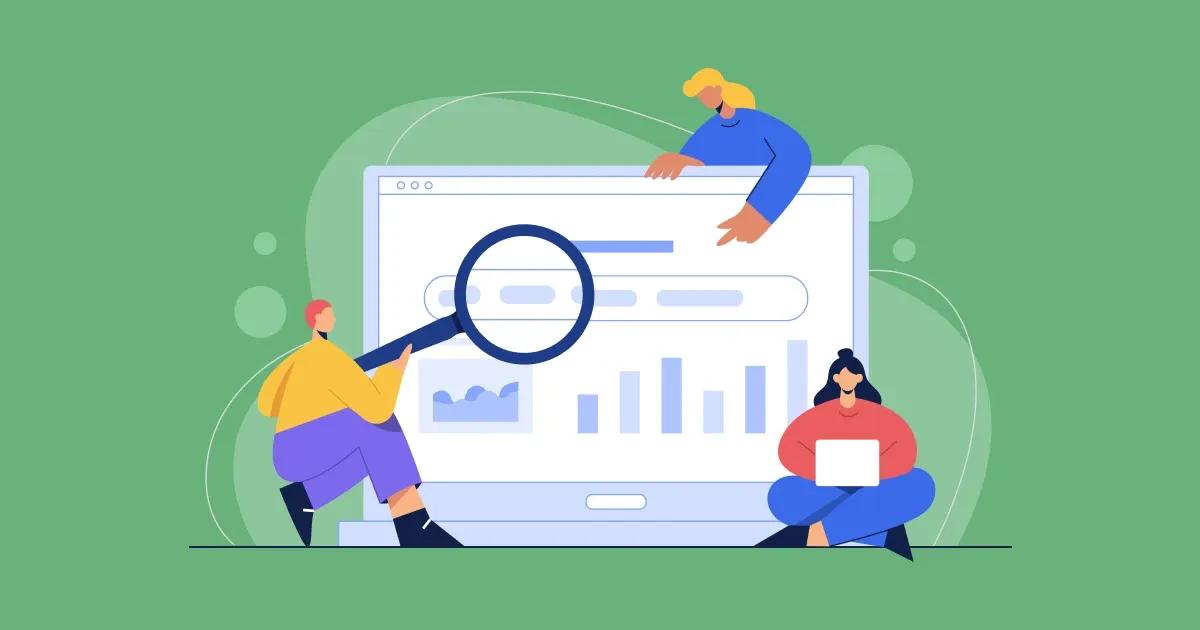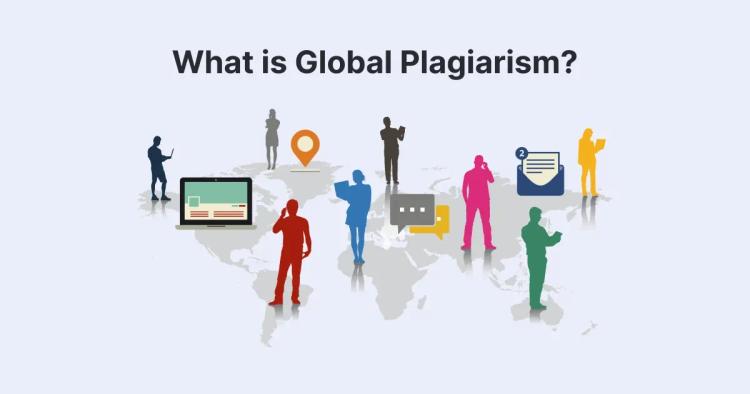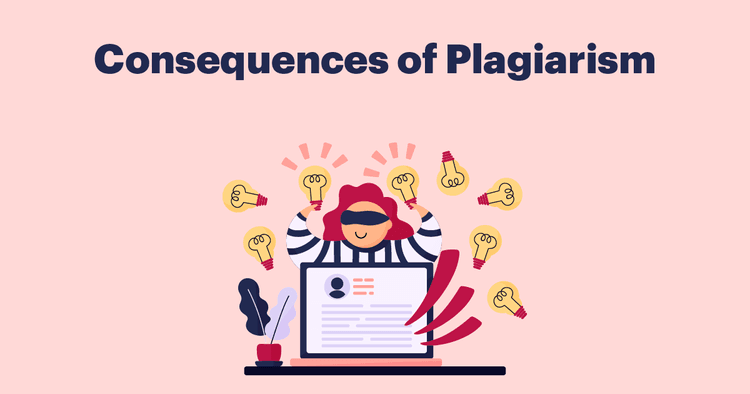Plagiarism is a serious offense in the academic and professional world, as it undermines the principles of intellectual integrity and originality.
While intentional plagiarism involves deliberate copying and presenting someone else's work as one's own, unintentional plagiarism can occur due to a lack of knowledge, carelessness, or misunderstanding of proper citation practices.
In this detailed blog post, we will explore various examples of unintentional plagiarism and discuss how plagiarism detector can be an invaluable tool in preventing such instances.
By using CopyChecker, you can ensure the authenticity and originality of your work, while avoiding unintentional plagiarism.

ᴀᴅᴠᴇʀᴛɪsᴇᴍᴇɴᴛ
What Is Unintentional Plagiarism?
Unintentional plagiarism refers to the act of inadvertently using someone else's work without proper attribution or acknowledgment. It occurs when individuals fail to give credit to the original authors or sources from which they obtained information, ideas, or words.
Unintentional plagiarism is often a result of negligence, lack of understanding of citation rules, or poor paraphrasing skills.
While unintentional, it still constitutes plagiarism and can have serious consequences on one's academic or professional reputation.
How Does Unintentional Plagiarism Happen?

Unintentional plagiarism can manifest in various forms. Let's explore some common examples:
Misattributing Sources
One common form of unintentional plagiarism is misattributing sources. This occurs when writers mistakenly attribute information or ideas to the wrong source or author.
It may happen due to confusion, oversight, or insufficient verification of the original information. Misattributing sources can lead to the misrepresentation of others' work and can be misleading to readers.
Inadequate Paraphrasing
Another example of unintentional plagiarism is inadequate paraphrasing. Paraphrasing involves rephrasing someone else's ideas or information in your own words.
However, if the paraphrased content still closely resembles the original, without proper citation or acknowledgment, it can be considered plagiarism.
Inadequate paraphrasing often occurs when writers do not sufficiently modify the language, sentence structure, or overall presentation of the source.
Failure to Use Quotation Marks
Using quotation marks is essential when directly quoting someone else's words or phrases. Failure to use quotation marks around the quoted content is a common mistake that can lead to unintentional plagiarism.
Quotation marks indicate that the words are verbatim from the source, and without them, it may appear as if the words are the writer's own, thus infringing upon the intellectual property rights of others.
Improper Citation or Referencing
Improper citation or referencing is a significant cause of unintentional plagiarism. When using external sources, it is crucial to accurately cite or reference the original authors or publications. This includes providing in-text citations and creating a comprehensive bibliography or reference list.
Failure to adhere to proper citation guidelines can result in unintentional plagiarism, as it leaves readers unable to verify the sources used and assess the credibility of the information presented.
ᴀᴅᴠᴇʀᴛɪsᴇᴍᴇɴᴛ
Insufficient Source Evaluation
Unintentional plagiarism can also occur when writers fail to adequately evaluate the credibility and reliability of their sources. When utilizing information from external sources, it is essential to verify the expertise and authority of the authors or publications.
Relying on inaccurate or unreliable sources can lead to the inadvertent incorporation of incorrect or unverified information into one's work.
Accidental Self-Plagiarism
Self-plagiarism, although a contentious issue, can also occur unintentionally. This happens when writers reuse their own previously published work without proper acknowledgment.
While it may not involve the work of others, self-plagiarism can still be viewed as unethical, particularly in academic or professional contexts where originality and the creation of new knowledge are highly valued.
Unintentional Plagiarism in Academic Writing
Academic writing is particularly susceptible to unintentional plagiarism due to its reliance on external sources to support arguments and ideas. Students and researchers often face challenges in effectively incorporating and attributing sources while maintaining their originality.
Unintentional plagiarism in academic writing can have severe consequences, including academic penalties, reputational damage, and a loss of intellectual credibility.
Consequences of Unintentional Plagiarism

Even though unintentional, plagiarism of any form can result in significant consequences. Academic institutions and professional organizations have strict policies and guidelines regarding plagiarism.
Consequences may include academic penalties, disciplinary actions, damaged professional reputation, legal repercussions, and the erosion of trust and integrity within the scholarly community.
Understanding the consequences of unintentional plagiarism emphasizes the importance of taking proactive steps to avoid it.
Strategies to Avoid Unintentional Plagiarism

Preventing unintentional plagiarism requires a combination of knowledge, skills, and ethical practices. Here are some strategies to help you avoid unintentional plagiarism:
Understand citation rules: Familiarize yourself with the citation guidelines and formatting styles commonly used in your field of study or profession, such as APA, MLA, or Chicago style. Learn how to cite both in-text and in the reference list or bibliography accurately.
Take meticulous notes: When conducting research, maintain detailed notes, including the source information, page numbers, and key ideas. This practice will help you keep track of the sources you consult and ensure proper attribution later.
Develop paraphrasing skills: Hone your paraphrasing skills by practicing rephrasing information in your own words while maintaining the original meaning. Ensure that your paraphrased content is significantly different from the source and properly cited.
Use quotation marks: When directly quoting someone else's words, always enclose them in quotation marks and provide an appropriate in-text citation.
Double-check references: Before submitting your work, thoroughly review your references to ensure that they are complete, accurate, and consistent with the chosen citation style. Check for any missing citations or incorrect formatting.
Seek guidance and feedback: If you are unsure about proper citation practices or paraphrasing techniques, seek guidance from professors, mentors, or writing centers. They can provide valuable insights and help you develop effective citation skills.
Utilize plagiarism detection tools: Employing plagiarism detection tools like CopyChecker can significantly aid in identifying unintentional plagiarism in your work. These tools compare your text against a vast database of published works and highlight any instances of similarity or potential plagiarism.
ᴀᴅᴠᴇʀᴛɪsᴇᴍᴇɴᴛ
Importance of Plagiarism Detection Tools Like CopyChecker

CopyChecker is a powerful plagiarism scanner that can help writers detect and prevent unintentional plagiarism. It offers a comprehensive analysis of your text, comparing it to a vast database of sources to identify any matches or similarities. By using CopyChecker, you can:
Ensure originality: CopyChecker helps you verify the authenticity and originality of your work, giving you peace of mind that you have not inadvertently plagiarized any content.
Enhance credibility: By using a plagiarism checker, you demonstrate your commitment to academic and professional integrity. It helps build trust with your readers, instructors, and peers by showing that you take plagiarism seriously.
Improve writing skills: Regularly using a plagiarism checker allows you to identify areas where you may need to improve your paraphrasing or citation techniques. It serves as a valuable learning tool to enhance your writing skills and avoid unintentional plagiarism in the future.
Save time and effort: Instead of manually checking each source and comparing it to your work, a plagiarism checker like CopyChecker automates the process, saving you time and effort. This enables you to focus more on content creation and ensure its originality.
FAQs
How does CopyChecker’s Plagiarism Checker work?
CopyChecker’s plagiarism detector operates by comparing your text against an extensive database of published works, including academic papers, articles, books, and online sources.
It employs advanced algorithms to analyse the similarities between your text and the database, identifying any potential instances of plagiarism.
The tool provides a detailed report that highlights the matched sections and provides a similarity percentage to help you assess the originality of your work.
Can CopyChecker detect all forms of plagiarism?
While CopyChecker is highly effective in identifying verbatim matches and similarities in text, it cannot detect certain forms of plagiarism, such as translations, paraphrasing that is too extensive, or cases where the source is not in its database.
However, it serves as a valuable tool in detecting common instances of unintentional plagiarism and acts as a powerful deterrent against academic dishonesty.
Is my document stored in the CopyChecker’s database?
No, CopyChecker does not store the documents you check in its database. The tool operates on a secure and confidential system where your document is only used for plagiarism analysis.
Once the analysis is complete, your document is deleted from the system to ensure your privacy and data protection.
Does CopyChecker support different citation styles?
Yes, CopyChecker’s plagiarism checker is designed to support various citation styles, including APA, MLA, Chicago, and more.
When checking your document, the tool considers the specific formatting and citation requirements of the chosen style. This ensures that the analysis accurately reflects the adherence to proper citation practices as per your desired style.
Can I use CopyChecker for multiple documents or academic papers?
Absolutely! CopyChecker allows you to check multiple documents or academic papers, making it a versatile tool for writers, students, researchers, and professionals.
Whether you have a single document or an extensive collection of papers, CopyChecker can handle the task efficiently and provide you with a comprehensive plagiarism analysis for each document.
ᴀᴅᴠᴇʀᴛɪsᴇᴍᴇɴᴛ
Key Takeaways
-
Unintentional plagiarism poses a significant risk to the credibility and integrity of any writer. By understanding the various examples and causes of unintentional plagiarism, you can take proactive steps to prevent it in your work.
-
Utilizing tools like CopyChecker can be instrumental in identifying any instances of unintentional plagiarism and ensuring the originality of your content.
-
Exercise critical thinking and ethical writing practices with a thorough understanding of proper citation and referencing guidelines to ensure the authenticity and originality of your work.
-
Embrace the ethical responsibility of creating authentic work and uphold the principles of academic and professional integrity in all your writing endeavors.







